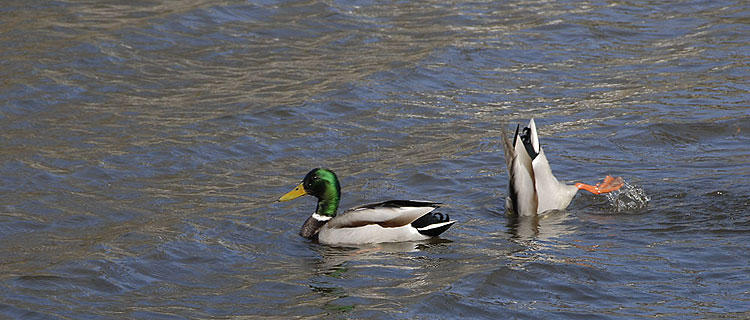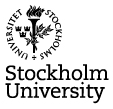
Dispersal, strategy, and resilience
Seminar with Professor Graeme Cumming, Monday May 17, 2010, 14.00 - 15.00.
Dispersal is an important component of ecological resilience. Although there has been a lot of research in ecology on the influence of landscape structure and fragmentation on dispersal processes, the relationship between resilience and dispersal is seldom analysed from an organismal perspective.
Professor Cumming will discuss some of the central ideas involved in understanding dispersal by animals and plants and then focus on a particular case study, that of the movements of nomadic African ducks.
Understanding duck movements is important for our understanding of pathogen dispersal (particularly avian influenza) as well as for conservation and sport or subsistence hunting and the maintenance of a range of ecological processes.
In a highly variable environment like that of southern Africa, hard-wired or excessively rigid behaviours are unlikely to be resilient. The problem thus becomes one of evolving a robust strategy rather than finding an optimal solution.
Ducks deal with environmental stochasticity in some inter¬esting ways, as demonstrated by satellite telemetry. Cumming use an approach based on genetic algorithms to illustrate how adaptation and dispersal can be combined within a single analytical framework to think through the problem of quantifying and understanding what constitutes a resilient strategy. This approach has considerable potential for use in building a more general understanding of adaptation and movement strategies in social-ecological systems.
About Professor Cummings
Prof Cummings research interest is centering around spatial aspects of ecology and in particular on how heterogeneity within biological systems translates across spatial and temporal scales. He is also interested in conservation and the sustainable management of natural resources.
For example, the distributions of invertebrates are determined by a range of factors, from individual physiology through local patchiness in the environment to continent-wide climatic conditions. Understanding and predicting changes in species distributions requires an approach that crosses these different scales.
Time and place
Linné Hall, the Royal Swedish Academy of Sciences, Lilla Frescativägen 4, Stockholm
Vacancies | Contact | Environmental policy | Cookies
Stockholm Resilience Centre
Stockholm University, Kräftriket 2B | Phone: +46 8 674 70 70 | info@stockholmresilience.su.se
Organisation number: 202100-3062 | VAT No: SE202100306201


